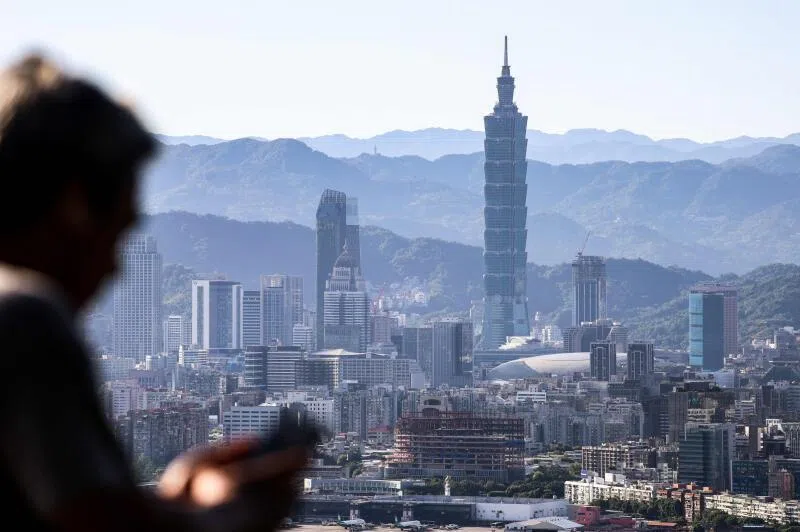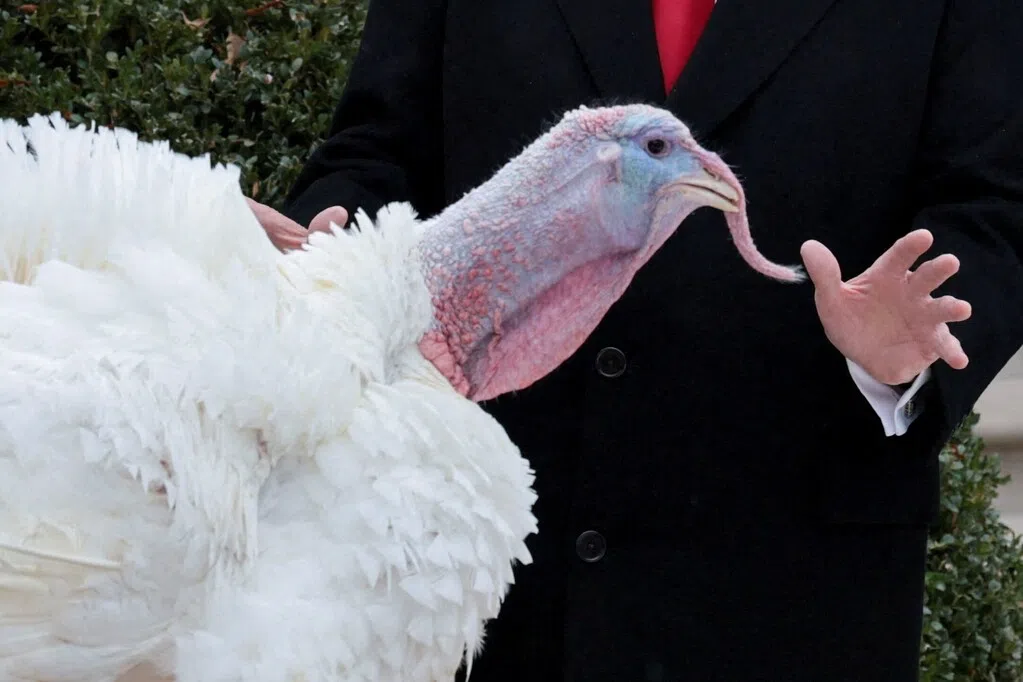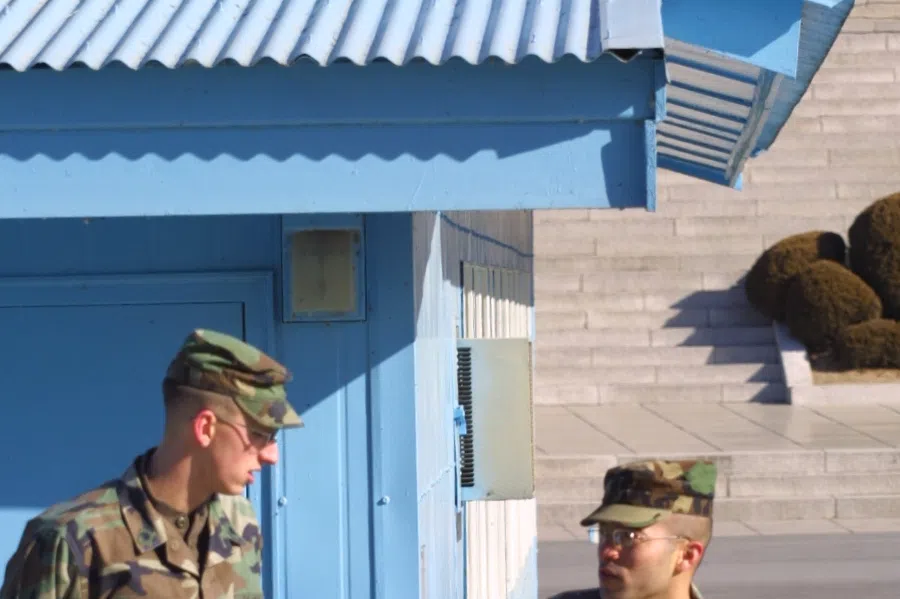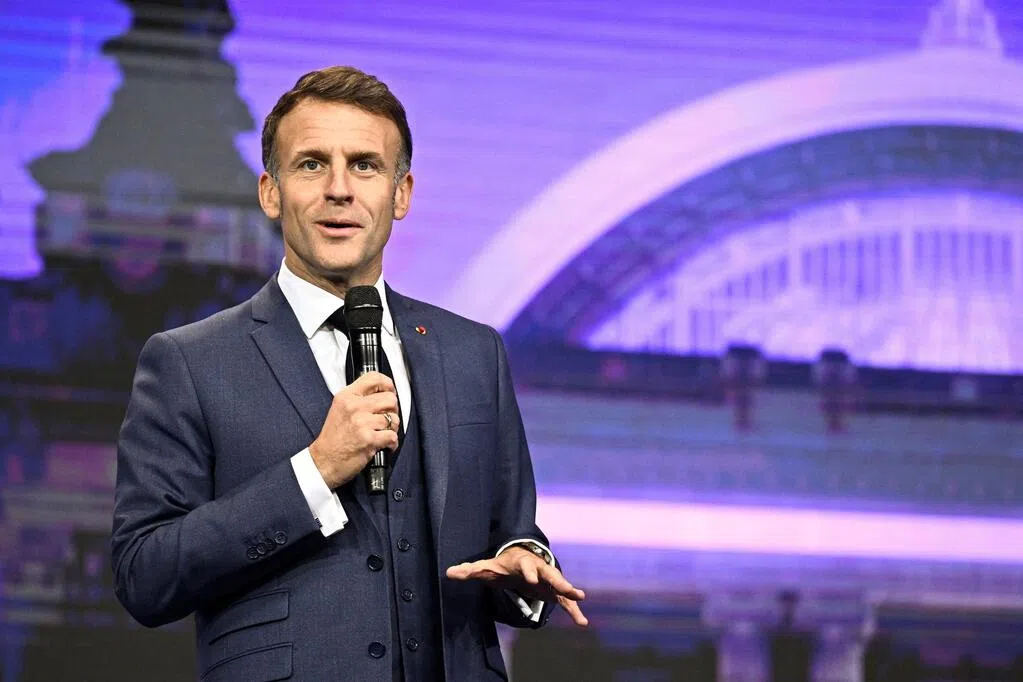Just as the Asia-Pacific Economic Cooperation (APEC) Leaders' Meeting is set to convene in Gyeongju, South Korea next week, North Korea has again launched multiple short-range ballistic missiles. This marks Pyongyang's resumption of missile tests in 167 days and its first military provocation against the Lee Jae-myung administration since it took office in June, triggering high alert in both South Korea and the United States.
South Korea's Joint Chiefs of Staff reported on Wednesday (October 22) that the South Korean military detected North Korea launching multiple short-range ballistic missiles northeastward from the Junghwa area in North Hwanghae Province at approximately 8:10 a.m. (7:10 a.m. Singapore time). The missiles ultimately landed in inland North Korea, not in the eastern waters. Preliminary analysis suggests the missiles are likely the Hwasong Cannon-11B-4.5, a new tactical ballistic missile first unveiled in September last year, a modified version of the KN-23 with a warhead weighing approximately 4.5 tons.
The Joint Chiefs of Staff revealed that South Korean and US intelligence agencies had been aware of North Korea's launch movements in advance and quickly began detecting and tracking the missile after it was launched, sharing relevant data with the US and Japan.
The South Korean presidential National Security Office held an emergency security review meeting the same day to assess the impact of the missile test on the security situation on the Korean Peninsula and instructed the military to maintain the highest level of alert.
Analysis suggests that the Hwasong Cannon-11Bong-4.5 is a short-range tactical weapon that North Korea has focused on developing in recent years. It possesses high maneuverability and penetration capabilities, and appears to be designed specifically to counter South Korea's Hyunmoo-5 missile. If launched from a high angle, its range can reach 600 to 700 kilometers, effectively covering nearly the entire territory of South Korea.
Further Reading
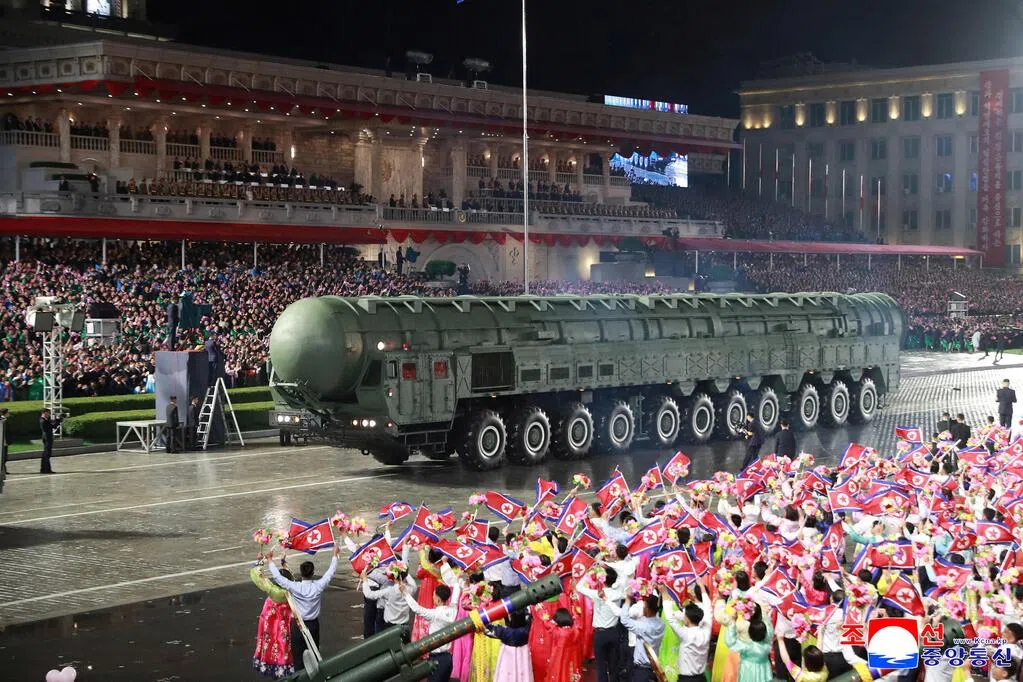
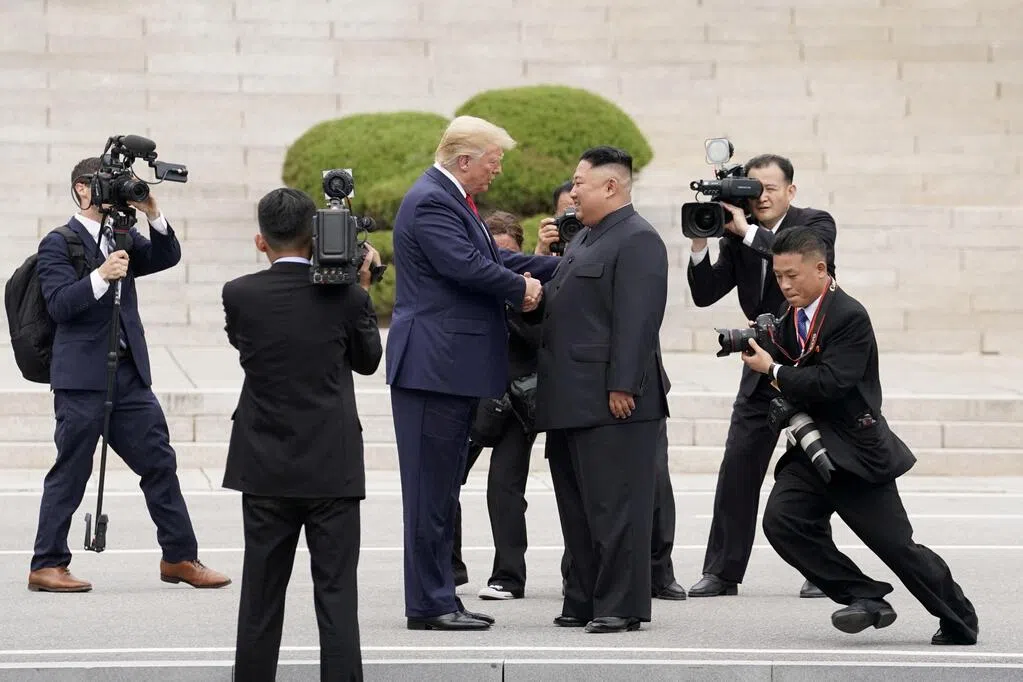
The missile test appears to be aimed at South Korea, but is actually aimed at South Korea, the US, and Japan.
Hong Min, a senior research fellow at the Korea Institute for National Unification, noted, "North Korea's move is clearly a political demonstration, intended to remind the international community on the eve of the APEC summit that the 'Peninsula issue' remains, thereby strengthening its presence in the dialogue between South Korea, the US, and the US, and China. Pyongyang is well aware that this summit will attract global attention, and by choosing this moment to launch missiles, it is clearly seeking to gain diplomatic leverage through military action."
Yonhap News Agency commented that with US President Trump, Chinese President Xi Jinping, and other leaders from other countries expected to attend the APEC summit in Gyeongju, North Korea chose this timing to exert pressure on all parties and emphasize its "indispensable" position in regional security issues. It also sends a signal that if the US does not recognize its status as a nuclear power, there will be no Trump-Kim summit.
South Korean diplomats believe that if Trump is eager to facilitate a "sudden meeting" with North Korean leader Kim Jong-un, this missile test may be a tactic by North Korea to set pre-conditions for negotiations.
Meanwhile, North Korea unveiled its new intercontinental ballistic missile, the Hwasong-20, for the first time at a military parade on October 10th, commemorating the 80th anniversary of the founding of the Workers' Party of Korea. This type of missile is designed to have multiple warhead delivery capabilities and the ability to directly strike the US mainland. It is expected that North Korea may conduct a test launch in the near future to verify the performance of its next-generation strategic weapons system.
Other opinions suggest that this test launch, coming just one day after the inauguration of new Japanese Prime Minister Sanae Takaichi, may be a preemptive strike against Takaichi's consistent "hardline approach" toward North Korea, demonstrating Pyongyang's rejection of unilateral pressure.
South Korea's Munhwa Ilbo also analyzed that while North Korea's missile launch was ostensibly aimed at South Korea, the underlying political signal may be directed at all three parties: South Korea, the US, and Japan.


